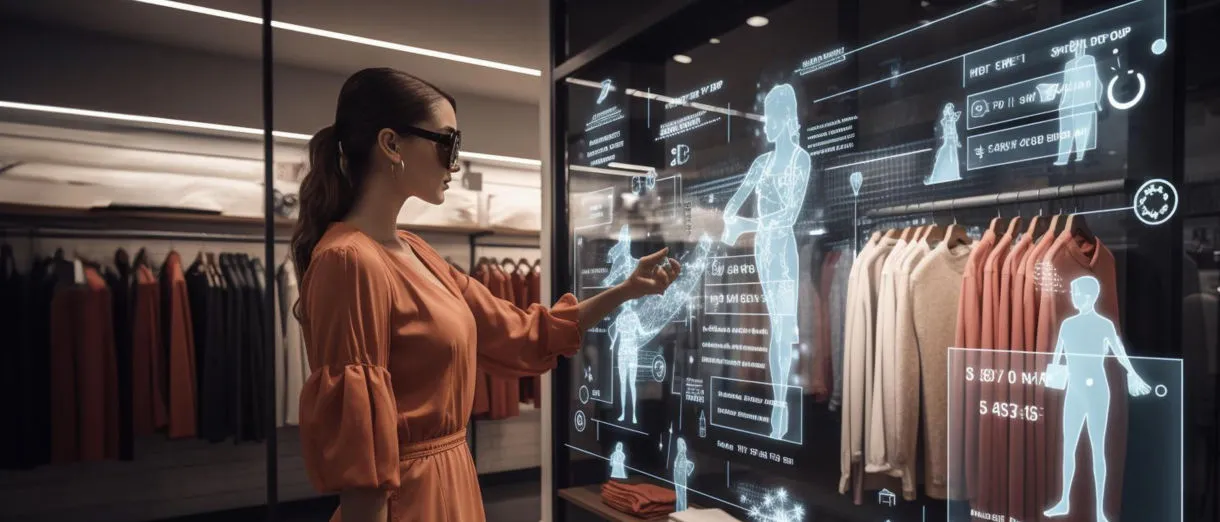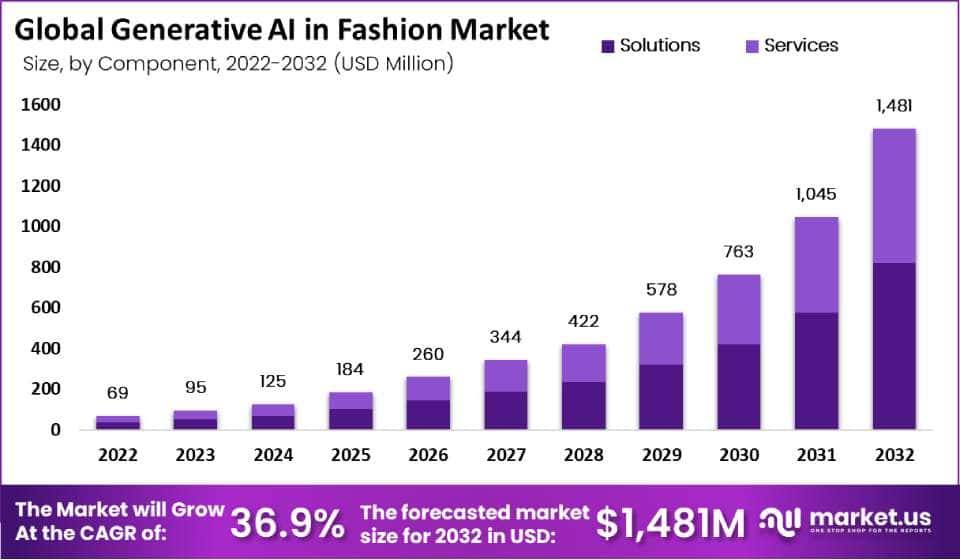Generative AI – unlocking the future of fashion
Brands are working to produce and sell the designs they’ve just showcased on runways and they’re starting next season’s collections. In the future, it’s entirely possible that those designs will blend the prowess of a creative director with the power of generative artificial intelligence (AI), helping to bring clothes and accessories to market faster, selling them more efficiently, and improving the customer experience.
Generative AI use cases in fashion:
Generative AI has the potential to affect the entire fashion ecosystem. Fashion companies can use the technology to help create better-selling designs, reduce marketing costs, hyperpersonalize customer communications, and speed up processes. It may also reshape supply chain and logistics, store operations, organization and support functions.
Product development and innovation:
Instead of relying on trend reports and market analysis alone to inform designs for next season’s collection, both mass-market fashion retailers and luxury brands’ creative directors can use generative AI to analyze in real time various types of unstructured data. Generative AI can, for example, quickly aggregate and perform sentiment analysis from videos on social media or model trends from multiple sources of consumer data.

In 2022, the global generative AI in the fashion market was valued at USD 69 Mn. Between 2023 and 2032, this market is estimated to register the highest CAGR of 36.9% and will reach a valuation of USD 1,481 Mn by 2032.
Generative AI is very important for the fashion industry nowadays, providing several benefits. It can enhance customer satisfaction and adapt to online retailers in order to have generative products in the market rapidly and more economically by expanding and personalizing antique fashion designs.
The increasing representation of different body types with AI-generated models and the creation of digitally automated online shopping is helping the market grow. In the fashion industry, aesthetics and consumer requirements are the most important factors. When it comes to product design, speed, and new novel designs play an important role.
